ETH News
All stories that have been tagged with Earth sciences
Storing CO2 underground in Switzerland
News
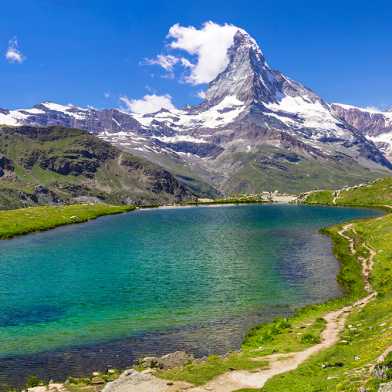
For Switzerland to achieve its net zero climate target, not only must it reduce its CO2 emissions, it must also find a way to store the greenhouse gas permanently. Researchers at ETH Zurich have investigated whether, and under what conditions, CO2 could be stored underground in Switzerland.
Ice streams move due to tiny ice quakes
- Press release
- News

For the first time, an international team of researchers has shown that countless tiny ice quakes take place in one of Greenland's mightiest ice streams. This finding will allow the flowing of the ice stream and associated changes in sea level to be estimated more accurately.
“We needed to know how far and how fast the event could travel”
News
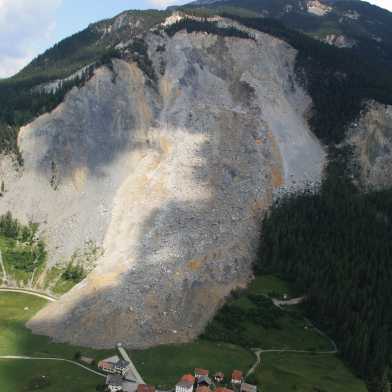
Brienz has just been evacuated for the second time. The decision is based, among other things, on thousands of simulations that ETH professor Jordan Aaron has produced using a computer model he developed. In an interview with ETH News, he explains why this model was used.
Millions of years for plants to recover from global warming
News
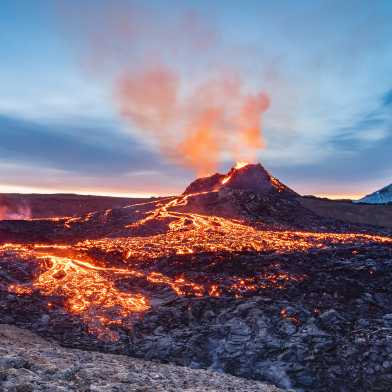
Catastrophic volcanic eruptions that warmed the planet millions of years ago shed new light on how plants evolve and regulate climate. Researchers reveal the long-term climate effects of disturbed natural ecosystems - its implications both in geological history and for today.
From Earth to distant worlds: ETH department is now called Earth and Planetary Sciences
News
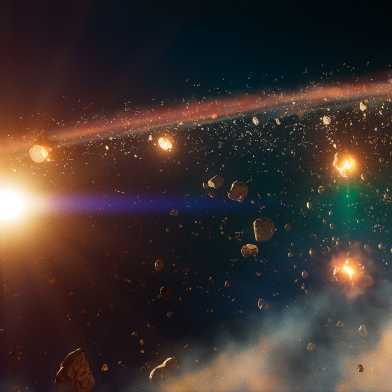
The Department of Earth Sciences at ETH Zurich has been renamed the Department of Earth and Planetary Sciences, abbreviated to D-EAPS, effective 1 August. Head of Department Johan Robertsson explains why the renaming was both logical and necessary.
New class of Mars quakes reveals daily meteorite strikes
News
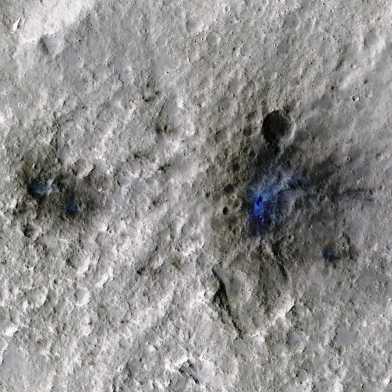
An international team of researchers combine orbital imagery with seismological data from NASA’s Mars InSight lander to derive a new impact rate for meteorite strikes on Mars. Seismology also offers a new tool for determining the density of Mars’ craters and the age of different regions of a planet.
How the plant world shapes the climate cycle
News
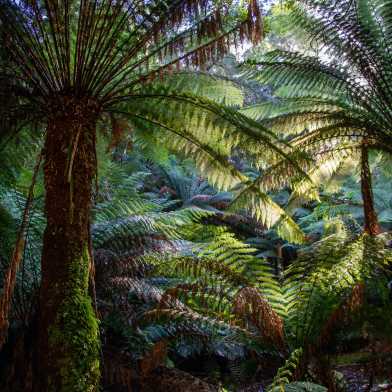
In order to understand the Earth's resilience, researchers at ETH Zurich are modelling climate changes from times long past. And they show: Plants are not simply victims of circumstances, but have helped to shape climate conditions on Earth.
Detecting storms thanks to GPS
News
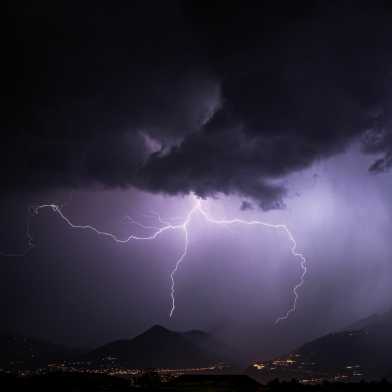
Researchers at ETH Zurich have succeeded in detecting heavy precipitation events directly with GPS data. The results of their study could significantly improve meteorological monitoring and forecasting.
Do we have cosmic dust to thank for life on Earth?
News
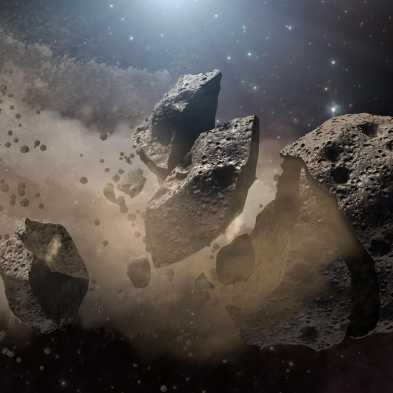
It might be that what set prebiotic chemistry in motion and kept it going in the early days of the Earth was dust from outer space accumulating in holes melted into ice sheets. Researchers at ETH Zurich and the University of Cambridge have used a computer model to test this scenario.
New Master’s in Space Systems to be launched in September
News
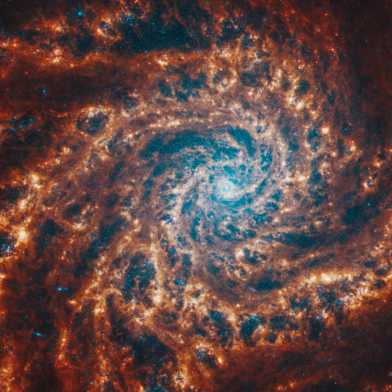
A new Master’s degree programme in Space Systems will be launched at ETH Zurich in autumn 2024. Interested parties can start applying in April.
The rocky road to the beginning
News
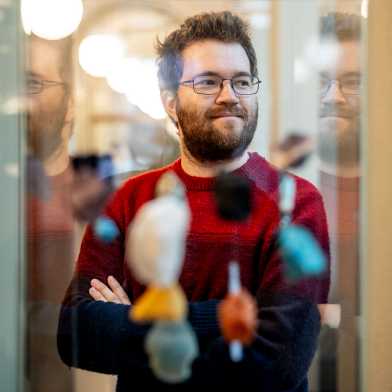
Craig Walton is the first NOMIS Fellow at the Centre for Origin and Prevalence of Life at ETH Zurich. With an unconventional idea, he wants to find out the conditions under which life originated on Earth.
"I’m fascinated by how modern technologies can help us reveal the inner workings of our planet"
- Globe magazine
- Homehero
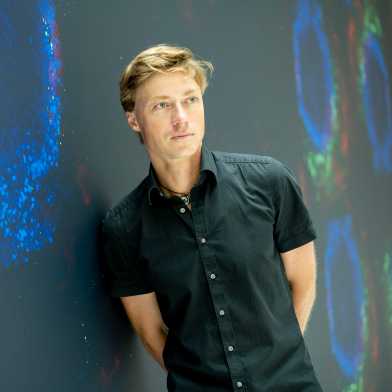
Seismologist Andreas Fichtner uses the newest technologies to explore the interior of the Earth. His research with seismic waves has also found applicability in the field of medicine.
Mystery of the Martian core solved
News
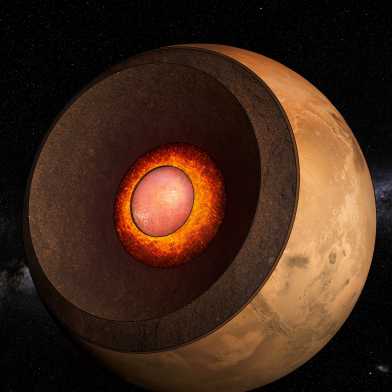
Mars’s liquid iron core is smaller and denser than previously thought. Not only is it smaller, but it is also surrounded by a layer of molten rock. This is what ETH Zurich researchers conclude on the basis of seismic data from the InSight lander.
Why there are no kangaroos in Bali (and no tigers in Australia)
News

Researchers are using a new model to clarify why millions of years ago more animal species from Asia made the leap to the Australian continent than vice versa. The climate in which the species evolved played an important role.
Global warming accelerates CO2 emissions from soil microbes
News
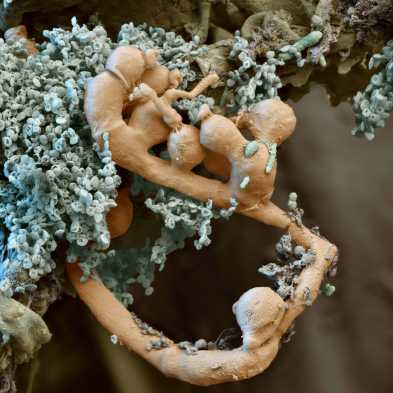
When microorganisms break down organic material in the soil, they actively release CO2 into the atmosphere. This process is called heterotrophic respiration. A novel model shows that these emissions could surge by up to 40 percent by the end of the century – most significantly in the polar regions.
Former NASA Science Director is joining ETH Zurich
- News
- Homehero
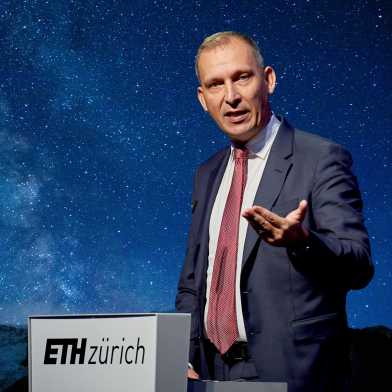
From 2016 to 2022, Thomas Zurbuchen was responsible for research at NASA, the US space agency. From August this year, he will become director of ETH Zurich Space. This initiative aims to promote space research and teaching at ETH and to expand and strengthen cooperation with the space industry.
Stefan Wiemer on earthquakes
- News
- Homepage
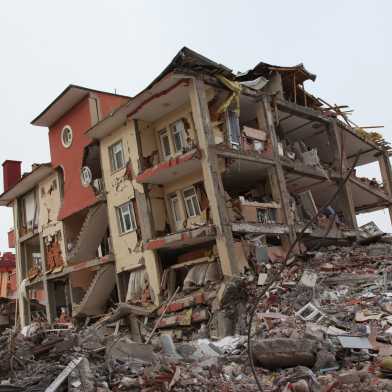
In the video series "Ask the Expert", experts from ETH Zurich answer questions from the community. In this edition, Stefan Wiemer provides information on the topic of earthquakes.
"Earthquake in Turkey was an earthquake doublet"
- News
- Homepage
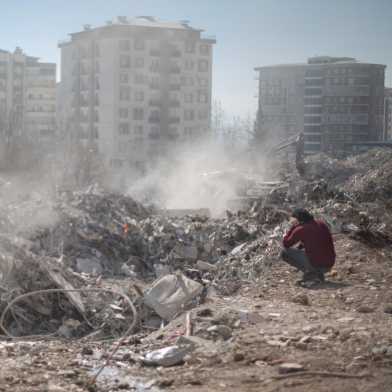
ETH Zurich researcher Luca Dal Zilio offers an insightful summary of the recent earthquakes in Turkey and Syria, shedding light on the complex nature of this event. He discusses the lessons that can be drawn from it to better understand and prepare for future seismic occurrences in the region.
Maren Brehme on geothermal energy
- News
- Homepage
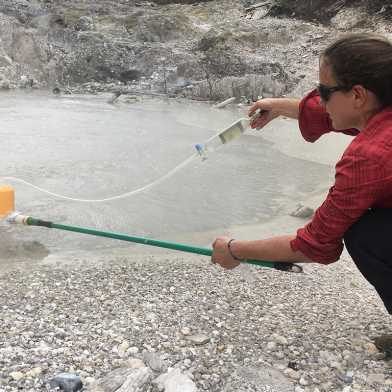
In the video series "Ask the Expert", ETH Zurich experts answer questions from the community. In this edition, Maren Brehme provides information on the topic of geothermal energy.
Knowing where earthquakes will cause damage
- News
- Homepage

The Swiss Seismological Service at ETH Zurich has just introduced the first seismic risk model for Switzerland. It shows the potential impact of earthquakes on people and buildings in the country.
A habitable planet
Globe magazine
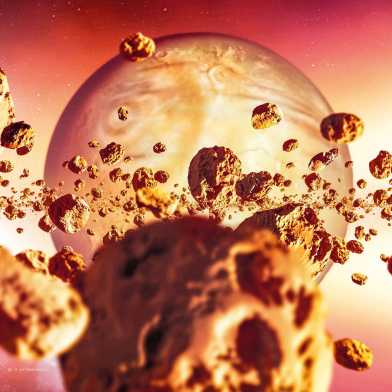
Life has existed on Earth for billions of years. Stabilising mechanisms have helped our planet remain habitable to this day.
Of cancer therapy research and Mars volcanism
News
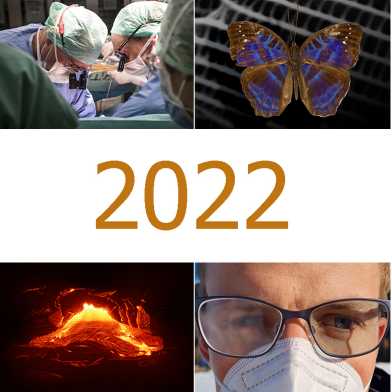
A special year is soon coming to an end. In 2022, much has been researched, developed and invented at ETH Zurich. ETH News looks back on an eventful past year.
NASA’s InSight Lander has retired
News
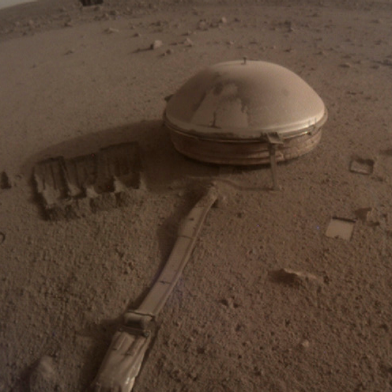
The lander’s team has tried to contact the spacecraft twice without response, leading them to conclude it has run out of energy.
Playgrounds in the universe
Globe magazine
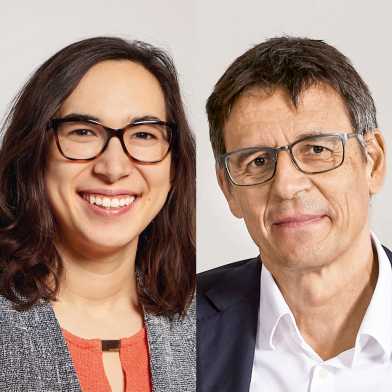
Nobel laureate and astrophysicist Didier Queloz and earth scientist Cara Magnabosco on the origin of life on Earth, complex life beyond our planet, and the inevitable end of every life.
Magma on Mars likely
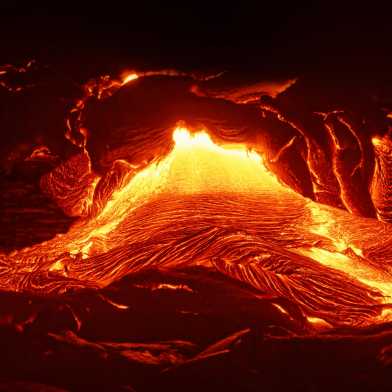
Until now, Mars has been generally considered a geologically dead planet. An international team of researchers led by ETH Zurich now reports that seismic signals indicate vulcanism still plays an active role in shaping the Martian surface.
In search of the origin of life
Press release
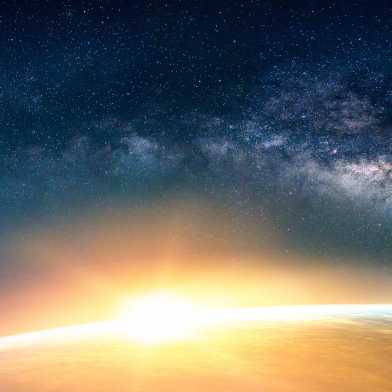
ETH Zurich is opening a new research and teaching centre with a focus on exploring the origin and prevalence of life on Earth and beyond. Under the leadership of Nobel Laureate Didier Queloz, more than 40 research groups from five departments will address the big questions posed by humankind.
New insights into the Earth’s formation
News
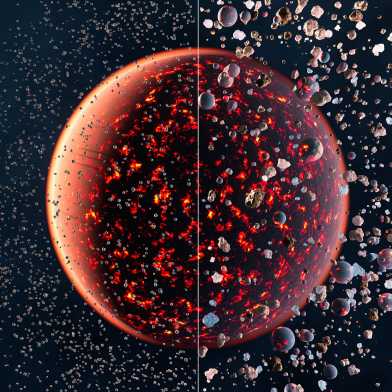
An international research team led by ETH Zurich proposes a new theory for the Earth’s formation. It may also show how other rocky planets were formed.
An underrated factor
News
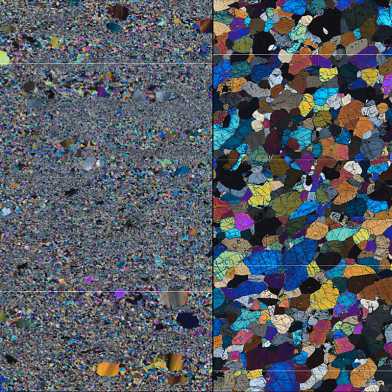
How the plates of the Earth’s crust move depends largely on the behaviour of the rocks below them in the mantle. A new ETH study now shows that the grain size of these rocks is a key factor.
“It was true detective work!”
News
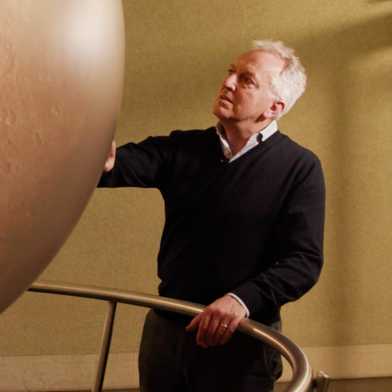
The InSight mission on Mars is running out of power and most of its functions could be shut down in the months to come. Some have already been deactivated. However, the attached seismometer, SEIS, will remain in operation for as long as possible. ETH Professor Domenico Giardini takes stock of three years of marsquake measurements.
New earthquake assessments strengthen preparedness in Europe
News
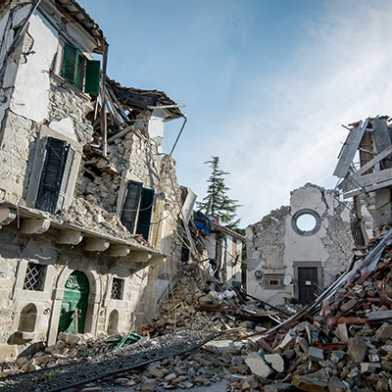
European scientists with the participation of the Swiss Seismological Service at ETH Zurich have published an updated earthquake hazard map and, for the first time, an earthquake risk map for Europe. Switzerland will follow suit next year with a higher resolution national risk map.
Is Vesuvius taking an extended siesta?
News
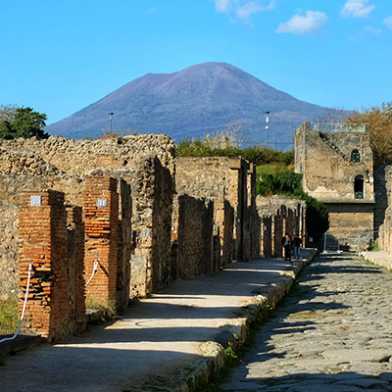
Located near Naples, Italy, Vesuvius last had a violent eruption in 1944, towards the end of the Second World War. It could be a few hundred years before another dangerous, explosive eruption occurs, finds a new study by volcano experts at ETH Zurich.
How to better identify dangerous volcanoes
News
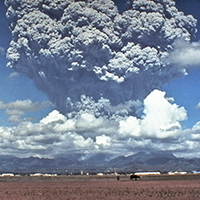
The more water is dissolved in the magma, the greater the risk that a volcano will explode. A new ETH study now shows that this simple rule is only partially true. Paradoxically, high water content significantly reduces the risk of explosion.
Rock shape should be given greater consideration in risk assessments
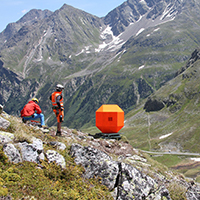
The shape of rocks is a key factor in assessing rockfall hazard. This is the conclusion of a new study from the Institute for Snow and Avalanche Research and ETH Zurich.
The anatomy of a planet
Press release
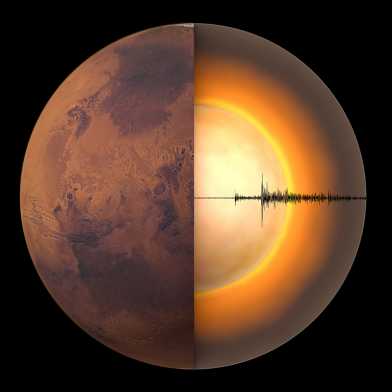
Researchers at ETH Zurich working together with an international team have been able to use seismic data to look inside Mars for the first time. They measured the crust, mantle and core and narrowed down their composition. The three resulting articles are being published together as a cover story in the journal Science.
AI provides debris flow warnings
News
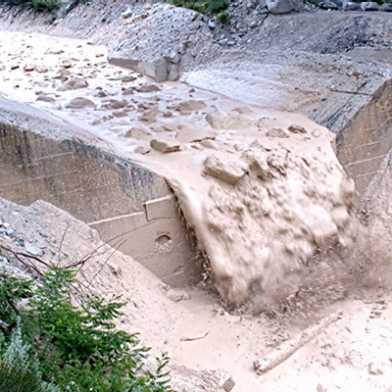
When it comes to debris avalanches and mudslides, there is usually very little warning. Using seismic monitoring and machine learning, researchers from ETH Zurich and WSL have developed an alarm system that can provide early warning of debris flows at Illgraben.
Warmer and wetter climates amplify carbon release
News
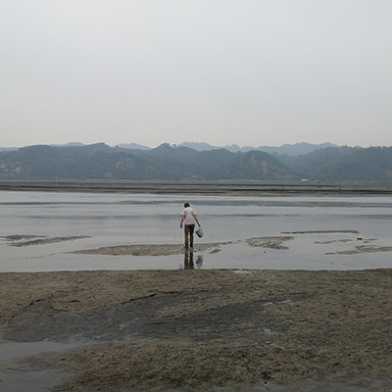
Terrestrial ecosystems help mitigate climate change by absorbing large amounts of carbon from the atmosphere. A new study now confirms that changing climate conditions could reduce this effect because in warmer and wetter areas, carbon stored in the soil is released back into the atmosphere more quickly.
Scientists begin building highly accurate digital twin of our planet
News

A digital twin of our planet is to simulate the Earth system in future. It is intended to support policy-makers in taking appropriate measures to better prepare for extreme events. A new strategy paper by European scientists and ETH Zurich computer scientists shows how this can be achieved.
Martian moons have a common ancestor
News
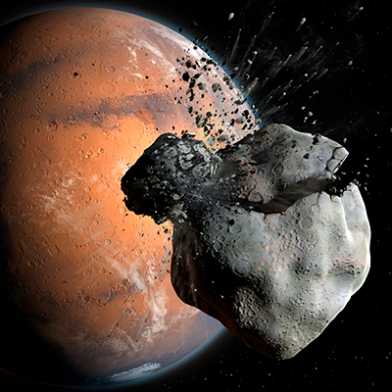
Phobos and Deimos are the remains of a larger Martian moon that was disrupted between 1 and 2.7 billion years ago, say researchers from the Institute of Geophysics at ETH Zurich and the Physics Institute at the University of Zurich. In collaboration with the U.S. Naval Observatory, they reached this conclusion using computer simulations and seismic recordings from the InSight Mars mission.
How our planets were formed
News
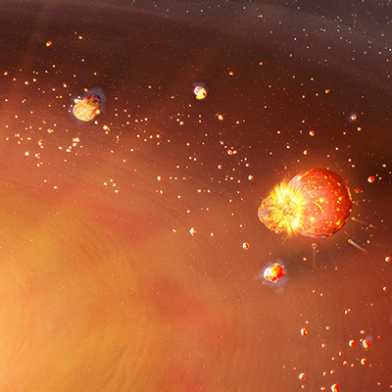
Terrestrial planets versus gas and ice giants: A new theory explaining why the inner solar system is so different to the outer regions runs counter to the prevailing wisdom. The theory was proposed by an international research group with ETH Zurich’s participation.
Solar activity reconstructed over a millennium
News
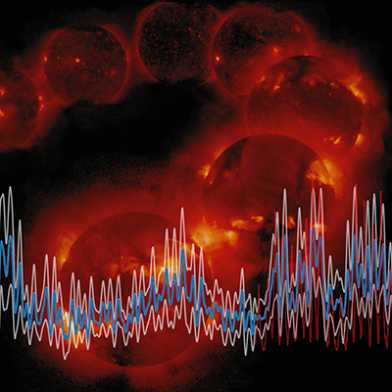
An international team of researchers led by ETH Zurich has reconstructed solar activity back to the year 969 using measurements of radioactive carbon in tree rings. Those results help scientists to better understand the dynamics of the sun and allow more precise dating of organic materials using the C14 method.
Changing resilience of oceans to climate change
News
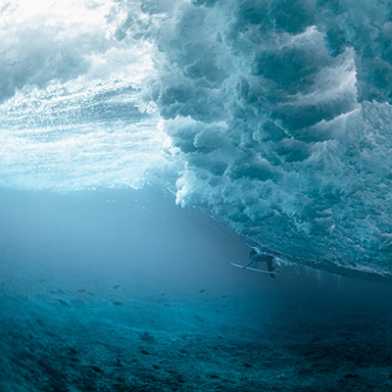
Oxygen levels in the ancient oceans were surprisingly resilient to climate change, new research suggests.
Leading European universities unite to battle climate change
Press release
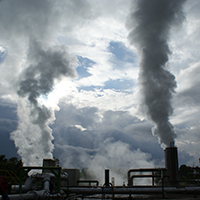
Researchers from four leading European technical universities, all members of IDEA League, are looking for new solutions against climate change in the EASYGO project.
Twelve ERC Starting Grants for ETH Zurich
Press release

ETH has once again been highly successful in the awarding of this year’s ERC Starting Grants for young researchers, with the European Research Council (ERC) approving a total of CHF 21.4 million in funding for 12 ETH project submissions.
The Venus ‘ring of fire’
News
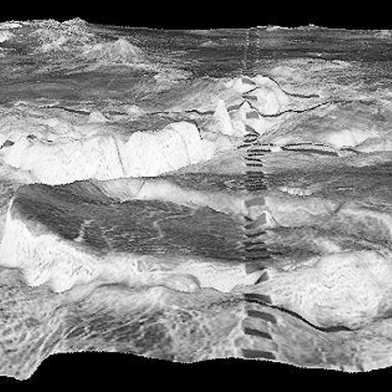
ETH researchers used computer simulations to classify the current activity of corona structures on the surface of Venus. To their surprise, they found a previously undiscovered ring of fire on our neighbouring planet.
Making geothermal energy safer through simulation
News
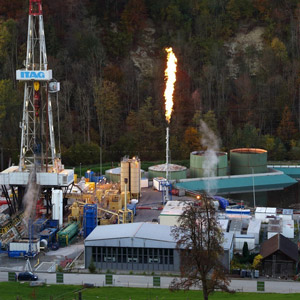
Researchers from the Swiss Seismological Service SED and ETH Zurich are working with the Swiss National Supercomputing Centre CSCS and the Università della Svizzera italiana USI to develop a way of utilising geothermal energy safely with the help of supercomputers.
First global map of rockfalls on the Moon
News
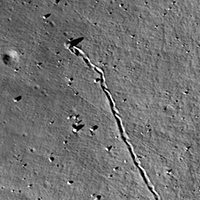
A research team from ETH Zurich and the Max Planck Institute for Solar System Research in Göttingen counted over 136,000 rockfalls on the moon caused by asteroid impacts. Even billions of years old landscapes are still changing.
Cleaner air with geothermal energy
Globe magazine
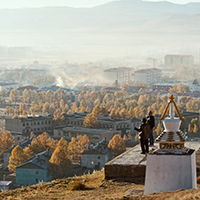
The use of dirty coal as a heat source makes life tough in the Mongolian winter. ETH geophysicists are helping to develop geothermal energy as a clean alternative.